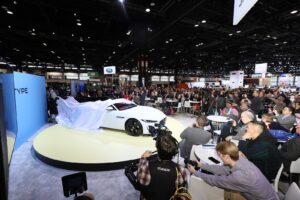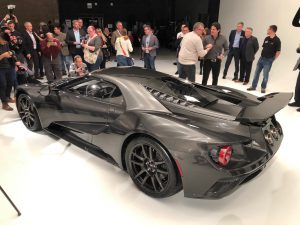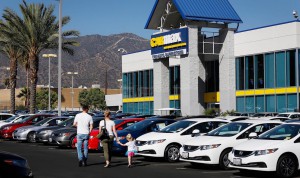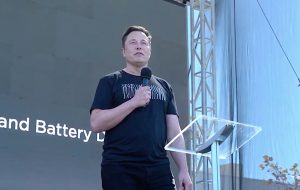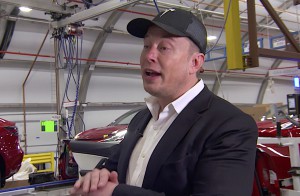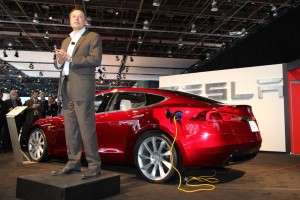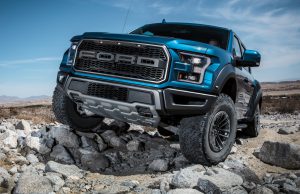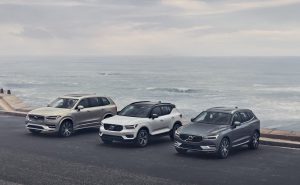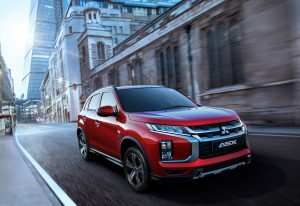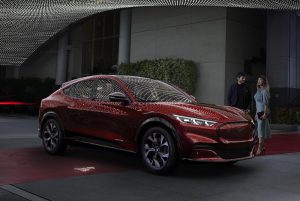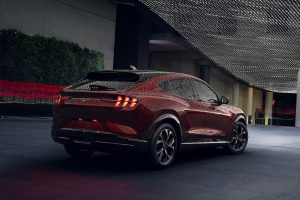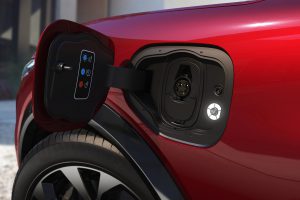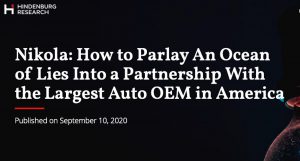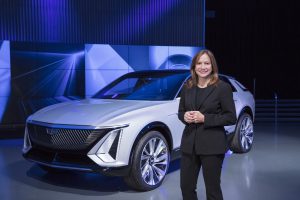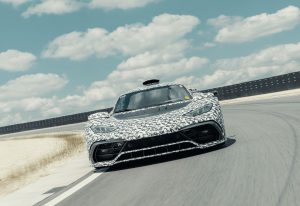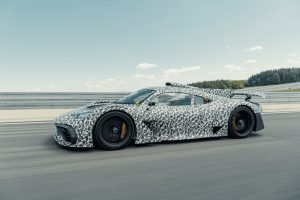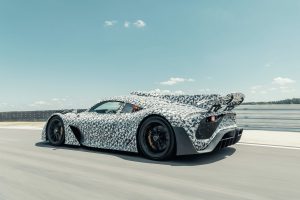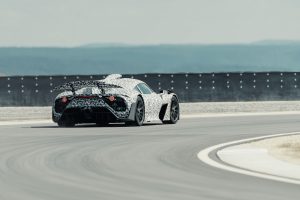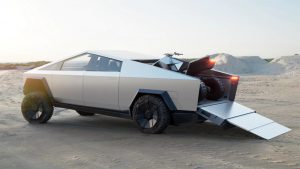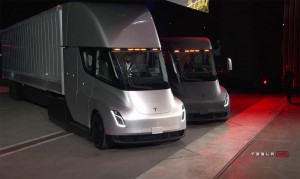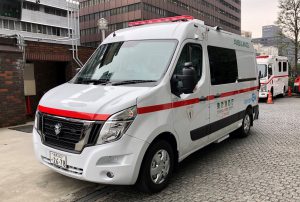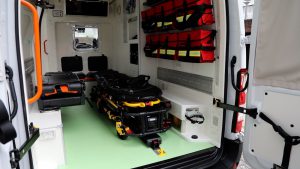In what has become an all-too-familiar scenario, the coronavirus pandemic claimed another automotive event: the 2021 Chicago Auto Show.
The pandemic has forced nearly every major show since the 2020 Chicago Auto Show in February to either reschedule, cancel all together or shift to an online format. No new dates have been set and the website for the show simply shows the dates as “Spring 2021.” It was initially set to run Feb. 13-21.
“We are working with our partners at McCormick Place as well as state and city officials to develop a plan that allows us to open the 2021 Chicago Auto Show in a safe and responsible manner,” Mark Bilek, senior director of communications and technology for the Chicago Auto Show, told TheDetroitBureau.com in an email.
(Detroit Auto Show organizers moving NAIAS again.)
“State officials are currently reviewing our plan. While our traditional February dates are unlikely, we are hopeful to be able to stage the show sometime in the spring.” Bilek told Automotive News show organizers were hoping some time in March, April or May.
Chicago is one of the larger shows on the North American circuit of global auto shows, and very focused on consumers. Bilek noted the show organizers are working with healthcare officials with the city and state to determine when the show can be held.
Not only does the show have to deal with the always changing impact of the pandemic, it’s also got to find a space between other auto shows that have already been forced to reschedule dates. The most immediate show between now and the now postponed Chicago event is the annual Consumer Electronics Show.
Organizers now say they plan to go to an “all-digital” format for CES in January. Better known as the Consumer Electronics Show, the annual show has become a major event for automakers at a time when their vehicles are becoming increasingly high tech. Dozens of automakers and auto suppliers filled an entire wing of the sprawling Las Vegas Convention Center in January 2020.
(CES goes digital — but will automakers (virtually) stick around in 2021?)
“Amid the pandemic and growing global health concerns about the spread of COVID-19, it’s just not possible to safely convene tens of thousands of people in Las Vegas in early January 2021 to meet and do business in person,” said Gary Shapiro, president and CEO of CTA, the group that runs the annual show.
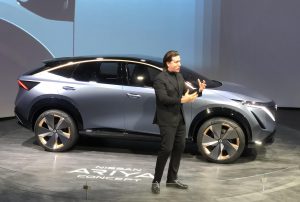
Nissan showed off the Ariya Concept at CES last January. Will automakers go with the show in 2021 when it becomes an internet-only event.
The New York International Auto Show, normally held in April, moved to Aug. 20-29 at the Javits Convention Center. Show organizers tried to push back its 2020 show to this fall before ultimately cancelling it. They got proactive and delayed the 2021 event.
The North American International Auto Show in Detroit for 2021 moved its projected June date to now late September in what organizers are calling a “reimagined indoor and outdoor show.”
Public days for the show will now be Sept. 28 – Oct. 9, 2021 with the media preview and other events actually kicking off Sept. 24. Organizers say the NAIAS will be a “fall show going forward.” When it finally opens, it will be 2.5 years between Detroit auto shows.
(New York Auto Show postponed until August due to coronavirus.)
Other shows are still formulating plans, and those plans don’t even account for large classic car shows like the Pebble Beach Concours and others.
